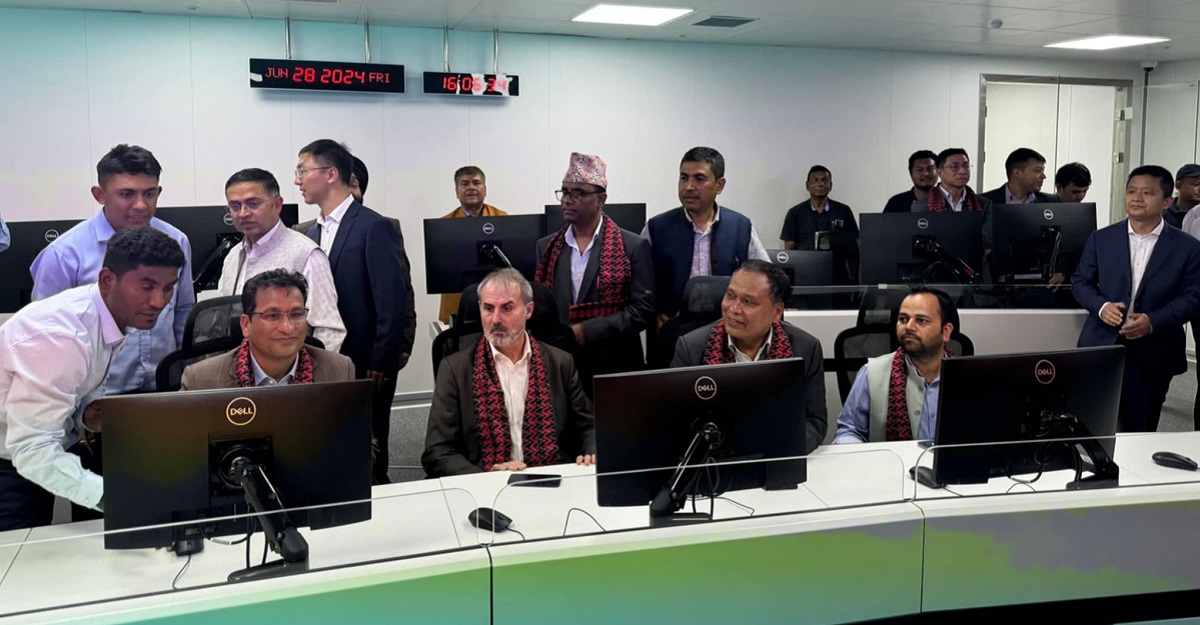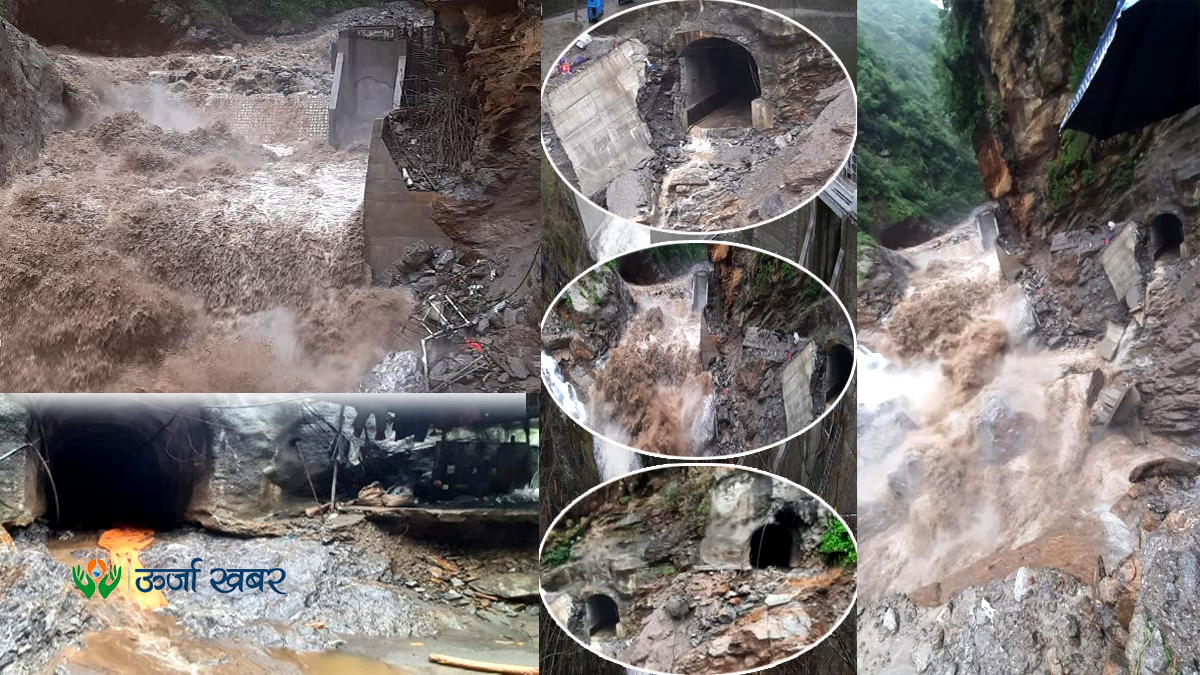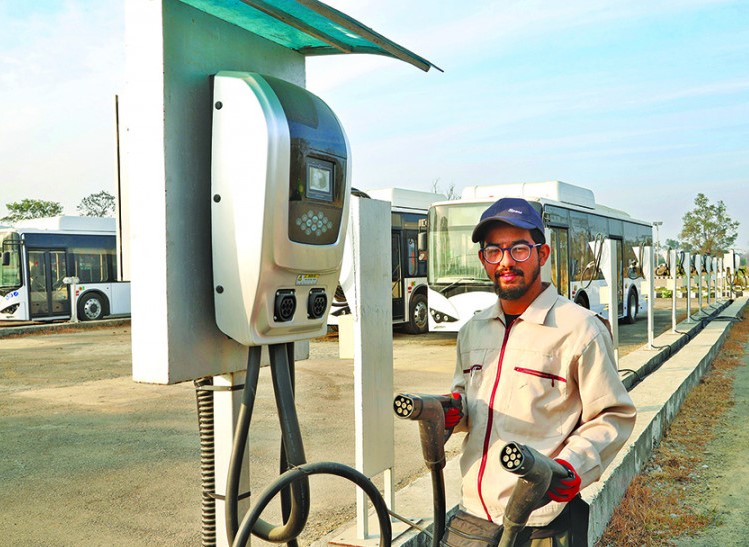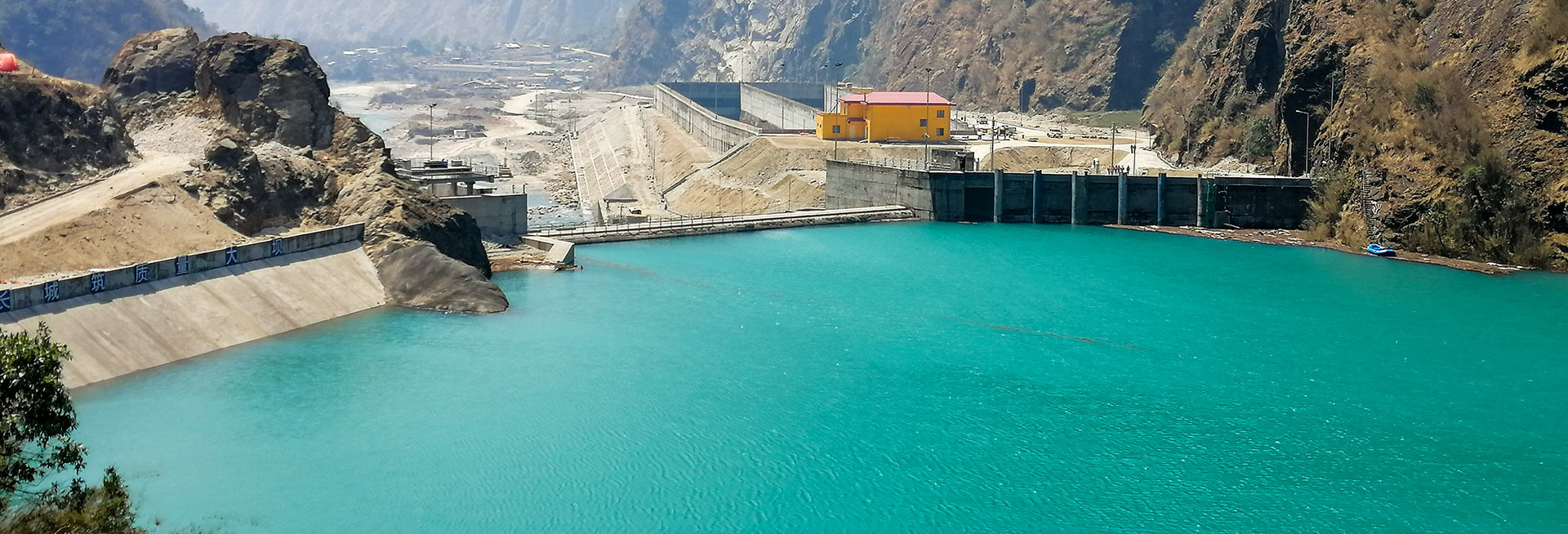Energy Update
Nepal's First State-of-the-Art Distribution System Control and Data Center in Operation

Kathmandu; The power distribution system control center and international-level state-of-the-art data center built by the Nepal Electricity Authority (NEA) have been inaugurated. Last Friday, Shakti Bahadur Basnet, Minister of Energy, Water Resources, and Irrigation, inaugurated the such a control system and Data Center, under the Load Dispatch Center (LDC), at Suchatar, Kathmandu.
An international data center equipped with state-of-the-art facilities is now operational alongside the LDC at Suchatar, Kathmandu. This center aims to provide services to commercial companies in the future. During the inauguration, Minister Basnet highlighted that constructing the power distribution system control center and the international-level data center marks a significant step towards modernizing Nepal’s energy sector.

Arnaud Cauchois, Country Director of the Asian Development Bank (ADB) at the Nepal Resident Mission (NRM), stated that a crucial milestone has been achieved in modernizing and digitalizing NEA’s services. He emphasized that the organization’s digitization is essential to reduce energy costs and provide reliable services.
Similarly, Kulman Ghising, Managing Director (MD) of the NEA, mentioned that numerous initiatives have been undertaken under the ‘Digital NEA’ program to enhance the electricity system through automation and modernization of service delivery. He explained that utilizing information technology through Digital NEA reduces administrative costs, improves employee efficiency, and ensures a reliable and trustworthy electricity supply.

The three-story building, constructed using prefabricated containers, houses the underground power distribution system monitoring, regulation, control, and security operation room for the Kathmandu Valley on the ground floor. The office and network operation room are on the first floor, while the data center is on the top floor.
The data center complies with Tier 3 international standards. This model, built under the Digital NEA program, is Nepal’s first data center of its kind to fulfill NEA’s goal of modernizing and digitizing its service delivery.
The data center integrates all data, including the server related to the NEA’s information technology. The new data center, which has been put into operation, includes 40 information technology racks, 36 servers, and 4 network racks. It features uninterruptible power supply (N+1 power supply), humidity control (cooling), automatic fire control, CCTV monitoring, and continuous monitoring of operation and safety, all adhering to Tier 3 standards. Alternative arrangements ensure an uninterrupted power supply.
Two 1 MW capacity generators are on standby to safely operate the data center in case of issues with the local or national power system. Two modular UPS units of 300 kVA capacity each have been installed, and lithium-ion batteries ensure UPS reliability. Maintenance and equipment replacement can be performed without shutting down the center. Electricity is supplied from six feeders.
An optical fiber with an alternative route connects the NEA’s head office at Ratna Park to the data center. The head office and data center are linked via optical fiber from Teku and Balaju. Staff are deployed to operate the data center 24 hours a day.
In addition to the data center, infrastructure has been built to monitor, regulate, and control the underground distribution system under construction, automating the power distribution system in Kathmandu Valley. Substations and switching stations in the valley will be connected to this system.
From the center, it is possible to manage, monitor, and control the power distribution system reaching customers’ homes under the 11 kV line. A charging station has also been put into operation on the data center premises, capable of charging three electric vehicles simultaneously.
The contract for constructing the center was signed in July 2021 with Chinese company Yantai Dongfang Wisdom Electric Company Ltd. Work commenced in November of the same year. The center, built with the investment of the government and NEA, technical assistance from the Norwegian government, and a concessional loan from the ADB, is estimated to have cost about 1.4 billion NPR.
Conversation
- Info. Dept. Reg. No. : 254/073/74
- Telephone : +977-1-5321303
- Email : [email protected]














